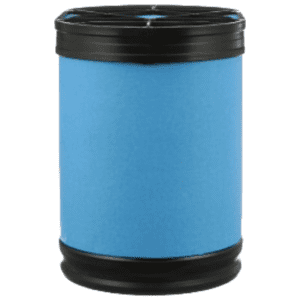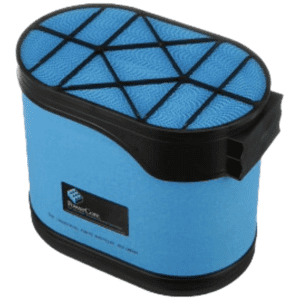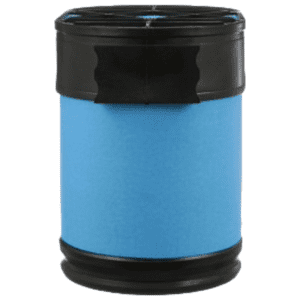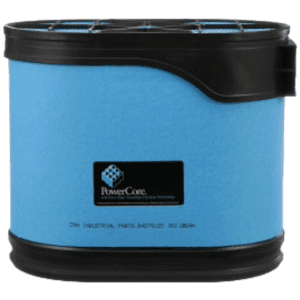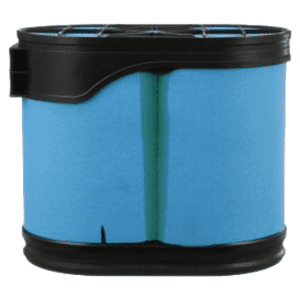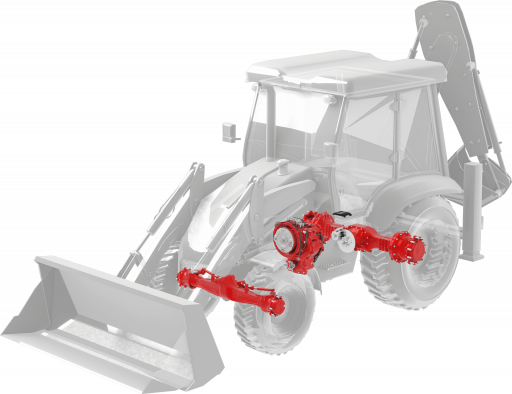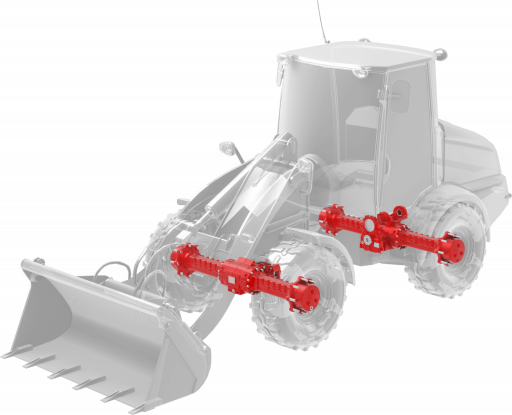Installation of JCB Genuine 320 Turbocharger
What is a JCB 320 Turbocharger?
The JCB Genuine 320 Turbocharger is a vital component in heavy machinery designed to enhance engine performance by increasing the amount of air entering the combustion chamber. This leads to more efficient fuel burning and improved power output, which is essential for the demanding tasks that JCB machines are used for.
Importance of Installing a Genuine Turbocharger: Using a genuine JCB turbocharger ensures compatibility, longevity, and optimal performance. Counterfeit or non-genuine parts may lead to engine inefficiency, frequent breakdowns, and potential damage to other engine components.
Overview of the Installation Process: This guide will take you through the detailed steps required to install a JCB Genuine 320 Turbocharger. We will cover everything from the tools you’ll need to post-installation checks, ensuring a successful and safe installation.
Understanding the JCB Genuine 320 Turbocharger-
Components of the Turbocharger: The JCB 320 Turbocharger comprises several key components:
-
- Compressor Wheel: Increases air pressure.
- Turbine Wheel: Powered by exhaust gases.
- Bearing Housing: Supports the rotation of the turbine and compressor.
- Actuator: Controls the flow of exhaust gases to the turbine.
How Does the JCB 320 Turbocharger Work?
The turbocharger operates by utilizing exhaust gases to spin a turbine, which in turn drives a compressor. This compressor forces more air into the engine’s combustion chamber, allowing for more fuel to be burned and increasing the engine’s power output.
Advantages of the Genuine 320 Turbocharger-
-
- Enhanced Performance: Boosts engine power and efficiency.
- Durability: Built to withstand the rigorous demands of heavy machinery.
- Fuel Efficiency: Improves fuel economy by maximizing the combustion process.
Preparing for Installation-
Tools Required: Before starting the installation, gather the following tools:
-
- Socket set
- Wrenches
- Torque wrench
- Screwdrivers
- Oil drain pan
- Safety gloves and goggles
Safety Precautions: Safety is paramount when working on heavy machinery:
-
- Ensure the machine is off and the engine is excellent.
- Disconnect the battery to prevent accidental starts.
- Wear appropriate safety gear, including gloves and eye protection.
Inspection of the Turbocharger and Engine: Before installation, inspect the new turbocharger for any visible damage. Also, check the engine components where the turbocharger will be mounted for wear or damage that could affect installation.
Step-by-Step Installation Guide-
Removing the Old Turbocharger
- Disconnect the Battery: Prevent any accidental electrical issues.
- Drain the Oil: Place the oil drain pan under the engine and drain the oil.
- Remove Connections: Disconnect the oil lines, coolant pipes, air intake, and exhaust system from the old turbocharger.
- Unbolt the Turbocharger: Carefully remove the bolts holding the old turbocharger in place, then gently lift it out.
Preparing the New Turbocharger
-
- Check for Debris: Ensure the new turbocharger is clean and free of any debris.
- Lubricate Bearings: Apply a small amount of engine oil to the bearings to ensure smooth operation.
Mounting the JCB 320 Turbocharger
-
- Position the Turbocharger: Place the new turbocharger in the correct position.
- Tighten Bolts: Secure the turbocharger with bolts, tightening them according to the manufacturer’s specifications using a torque wrench.
Connecting Oil Lines and Coolant Pipes
-
- Reconnect Oil Lines: Attach the oil lines to the new turbocharger, ensuring they are secure and free of leaks.
- Reconnect Coolant Pipes: Connect the coolant pipes to maintain proper engine cooling.
Attaching the Air Intake and Exhaust System
-
- Air Intake: Reattach the air intake system to the compressor side of the turbocharger.
- Exhaust System: Secure the exhaust system to the turbine side, ensuring a tight fit to prevent leaks.
Final Checks Before Starting the Engine
-
- Check All Connections: Verify that all connections are tight and secure.
- Oil Level: Refill the engine with the appropriate oil.
- Battery: Reconnect the battery.
Post-Installation Procedures-
Checking for Leaks: After installation, start the engine and check for any oil or coolant leaks. If any leaks are detected, stop the engine immediately and correct the issue.
Turbocharger Break-in Process: A proper break-in process ensures the longevity of the turbocharger:
-
- Idle the Engine: Allow the engine to idle for a few minutes to lubricate the turbocharger.
- Gradual Load Increase: Slowly increase the engine load to ensure the turbocharger is seated correctly and functioning.
Post-Installation Performance Testing
-
- Monitor Performance: Observe the engine’s performance during the first few hours of operation.
- Check for Issues: Listen for unusual noises or vibrations, which could indicate installation problems.
Common Installation Mistakes to Avoid
- Incorrect Mounting: Ensure the turbocharger is mounted correctly and securely. Loose bolts or misaligned components can cause significant damage.
- Ignoring Safety Procedures: Skipping safety steps, such as disconnecting the battery or wearing protective gear, can lead to serious injury.
- Not Following ManuManufacturer’s guidelines: Always adhere to the manufacturer’s installation instructions to avoid voiding the warranty and ensure optimal performance.
Maintenance Tips for JCB 320 Turbocharger
Regular Inspection and Cleaning: Regularly inspect the turbocharger for signs of wear or damage. Clean any debris from the air intake and exhaust systems.
Proper Oil and Filter Maintenance
-
- Use Quality Oil: Ensure you’re using the correct grade of oil.
- Change Filters: Regularly replace oil filters to maintain engine health.
Monitoring Turbocharger Performance
-
- Listen for Unusual Noises: A change in turbocharger noise can indicate an issue.
- Check Engine Performance: Decreased engine power or efficiency may signal a turbocharger problem.
Expert Insights on Turbocharger Installation
Interview with a JCB Mechanic: Installing a JCB Genuine 320 Turbocharger is straightforward if you follow the steps carefully. However, always double-check every connection to avoid costly mistakes. – John Doe, JCB Certified Mechanic
Common Problems Encountered During Installation
-
- Oil Leaks: Often caused by improperly connected oil lines.
- Misalignment: This can lead to premature turbocharger failure.
Solutions for Troubleshooting Issues
-
- Use a Torque Wrench: Ensures bolts are tightened to the correct specification.
- Check for Compatibility: Ensure all parts are compatible with the JCB 320 Turbocharger.
Future Trends in Turbocharger Technology
Advances in Turbocharger Design:
-
- Twin-Turbo Systems: Offer improved efficiency and power.
- Variable Geometry Turbochargers: Allow for better control over boost pressure.
Impact of Emission Regulations on Turbochargers: Stricter emission regulations are pushing manufacturers to develop more efficient turbochargers that reduce emissions without sacrificing performance.
Hybrid Turbocharger Technologies:
-
- Electric Turbochargers: Combine traditional turbocharging with electric motors to eliminate lag.
- Hybrid Systems: Integrate turbocharging with hybrid engines for maximum efficiency.
Conclusion
- Recap of Key Installation Steps: The installation of a JCB Genuine 320 Turbocharger involves careful preparation, precise installation, and thorough post-installation checks to ensure optimal performance.
- Importance of Proper Installation: Proper installation not only enhances engine performance but also extends the lifespan of your JCB machinery, making it a worthwhile investment.
- Final Thoughts and Call to Action: For the best results, always use genuine parts and follow the manufacturer’s guidelines. If you’re unsure about any step, consult with a certified mechanic to avoid potential issues.



